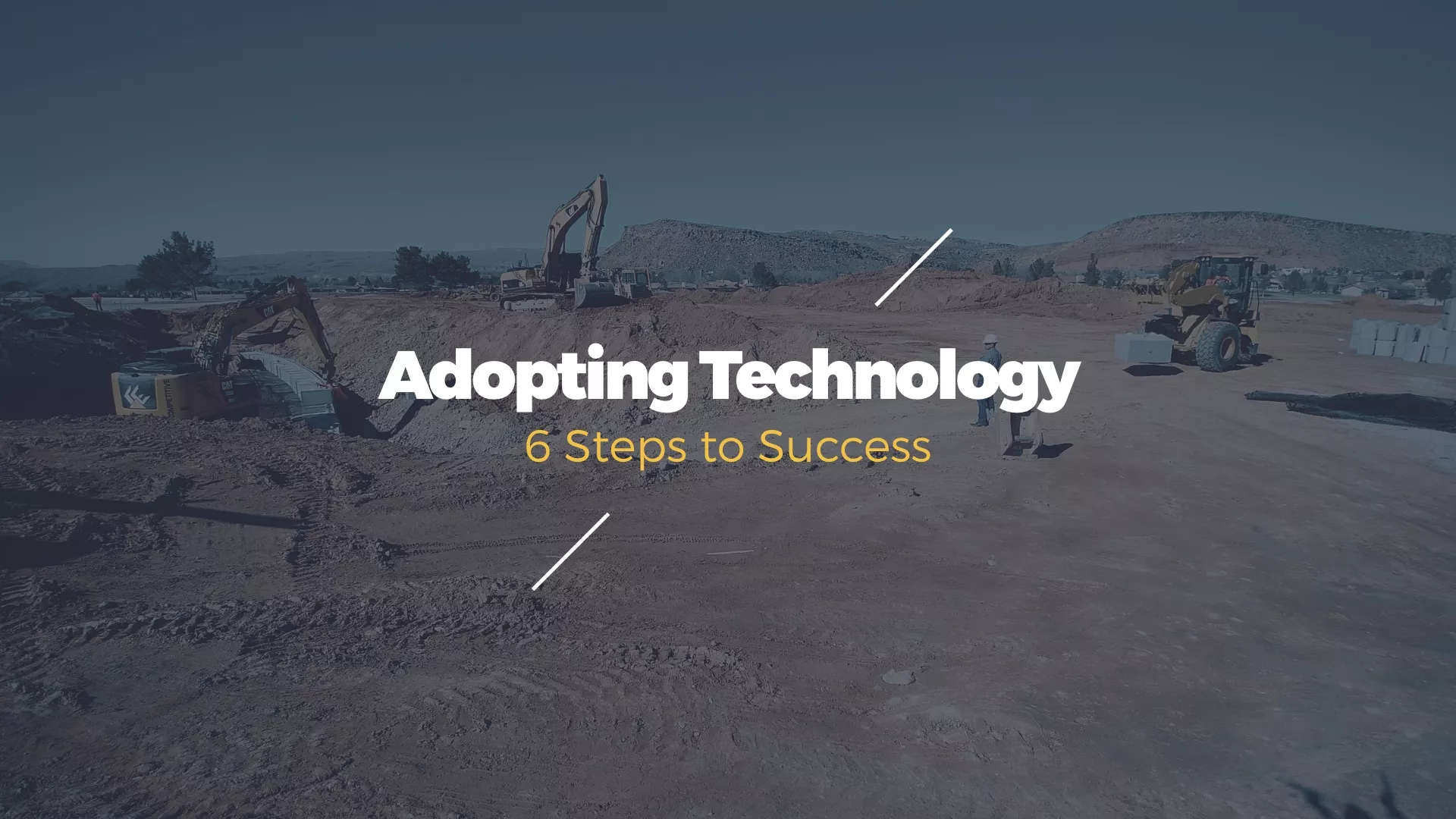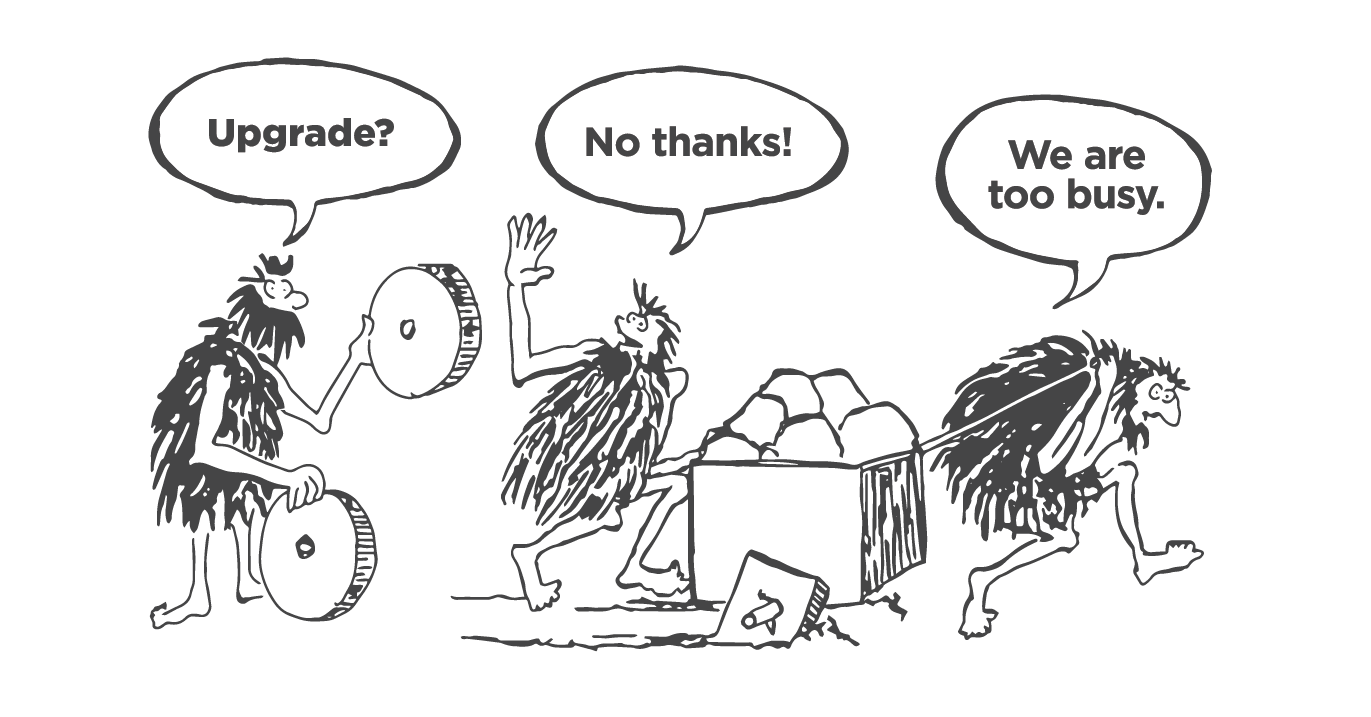
When it comes to construction, many people are wary of trying and incorporating things full-bore, whether it’s for financial reasons or uncertainty. However, in many places, business owners are selling themselves short. Knowing what’s going on, even if you’re not ready for full-on technology investment, ensures that you can get started right away when that time does come.
Technology in Construction
So, what may you see when it comes to future tech in construction? One of the most attractive options is the advent of robotics. Projects today will still have plenty of boots on the ground, so to speak, but Dean Banks, managing director for U.K. construction services at Balfour Beatty, believes that robotics will change things a bit. “In the future, we think that robotics will play a big part,” he said. “We see drones making decisions, we think information modeling will be in place, (and) 3D printing.”
In other cases, the tech may not necessarily be about what goes on the site but about managing what is going on to be more efficient. This is best exemplified by products like the busybusy app. Gathering data about how workers are performing or how equipment is being used isn’t anything new, but BusyBusy makes it easier to gather said information on a wider scale, with less expenditure of time on the part of management. This means less time poring through/gathering data and more time putting it to good use. Without innovations like these, many of the other technological strides in construction can’t reach their full potential.
The Incorporation
Of course, creating new tech is only part of successfully using it. You also need to be able to incorporate it properly. To make this happen, the best way to start is by creating a rollout plan, ideally one that uses it on a smaller scale when it comes to utilizing it. For example, when you introduce the tech, start by training organization leaders, and get a round of feedback from them to determine where it is effective and where it may need some improvement. At this point, after addressing these points (within reason), you then want to roll it out to your teams. Again, you will want to open things up to a round of feedback from your team.
Why is this so important? While a piece of technology may read well on paper, there’s still a learning curve for your staff that uses it and for management to determine the best way to do so. Like anything else, you want data to determine whether or not this is best. After finding an ideal path, there will still be ongoing maintenance and training for new staff.
This last point belies the major thing to consider when it comes to incorporating technology in construction: there’s a constant cycle of reiteration and improvement. This is where it falls on you as management to ensure this is done as effectively as possible. Working with efficient technology, like the busybusy app, makes it possible to find success as you streamline your business.
The 6-Step Process for Adopting New Technology in Your Construction Business
There are three questions that should be asked when preparing to use new technology in your construction business.
Whose daily life will be affected by this technology?
Who can help collect Smart Jobsite Data?
Who can provide input on potential implementation problems?

The decision to adopt a new technology needs to start at the top and move down through the organization, ensuring it meets the needs of all stakeholders.
This includes:
Owners
Head of Field Operations
Head of Job Costing
Estimators
One very important aspect of rolling out technology to your team is the process followed to get team leaders on board.
Estimators, Project Managers, and Project Supervisors are roles who generally have influence throughout your organization.
Be sure that your leadership team understands the value and “buys in” on adopting any new tech.
After getting management and leadership on board, move through the key field and jobsite influencers.
This includes anyone with a direct or indirect level of influence among your workforce.
Crew Leaders, Pace Setters (Lead Operators), and Influential Employees should
all be included in the rollout process. The better these key roles understand why
and how the technology works, the easier it will be to implement company-wide.

Of course, the rollout process isn’t finished once your team has access to the new tech.
There is an ongoing process of communication that includes addressing challenges and concerns.
Establishing open lines of communication sends a signal that employees are empowered toward success and improves company-wide collaboration among team members.
In our time consulting construction companies, we’ve seen that “tailgate talks” and company lunches help speed up the adoption process and improve chances of overall success.

Data is a cultural shift in your business and requires ongoing attention and review.
Businesses that successfully adopt and implement great tech practices follow these guidelines.
Teach and remind your team why accurate jobsite data matters.
Every team member is responsible for accurate job costing.
Company tech is required training for new hires.
Quarterly review of company performance with all team members.
Recognize top teams based on the data.














